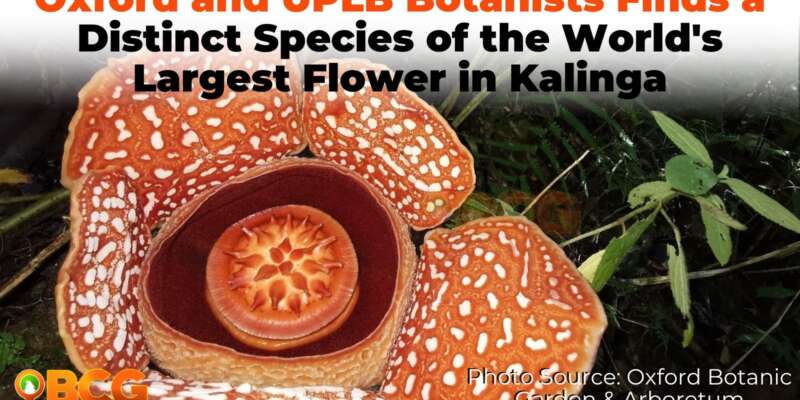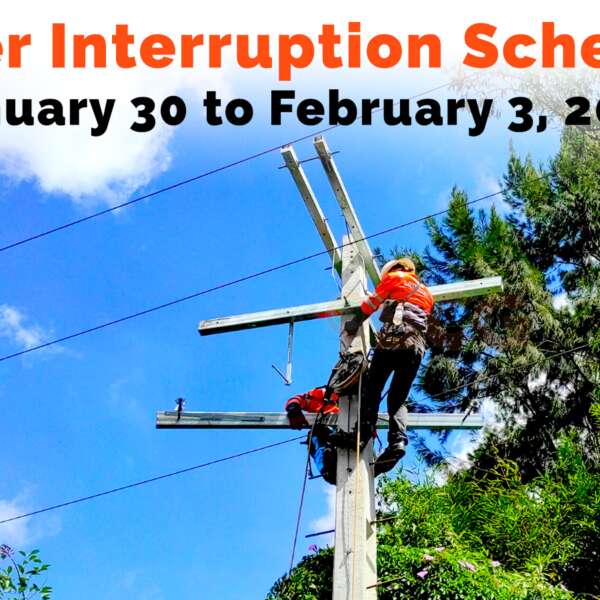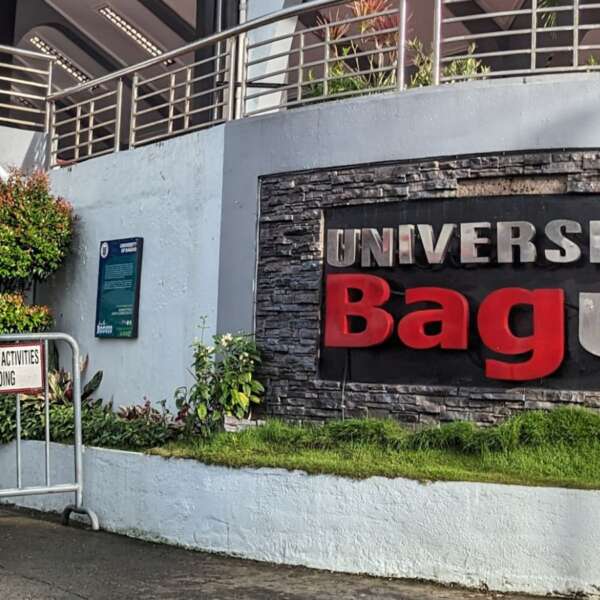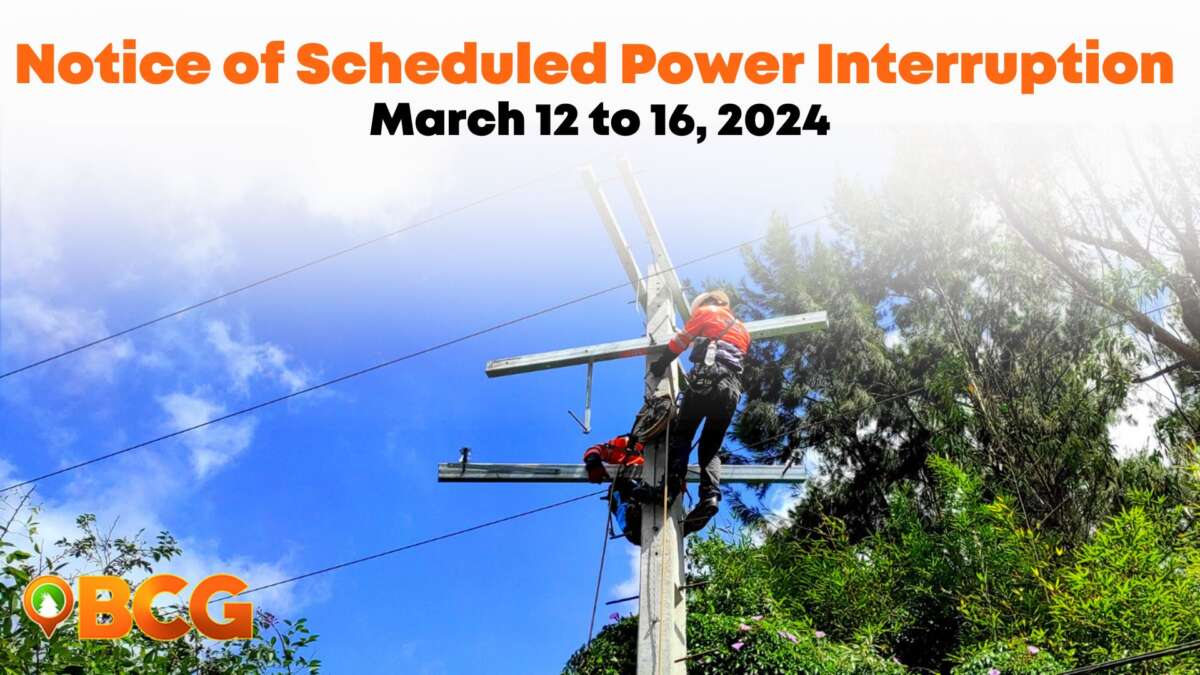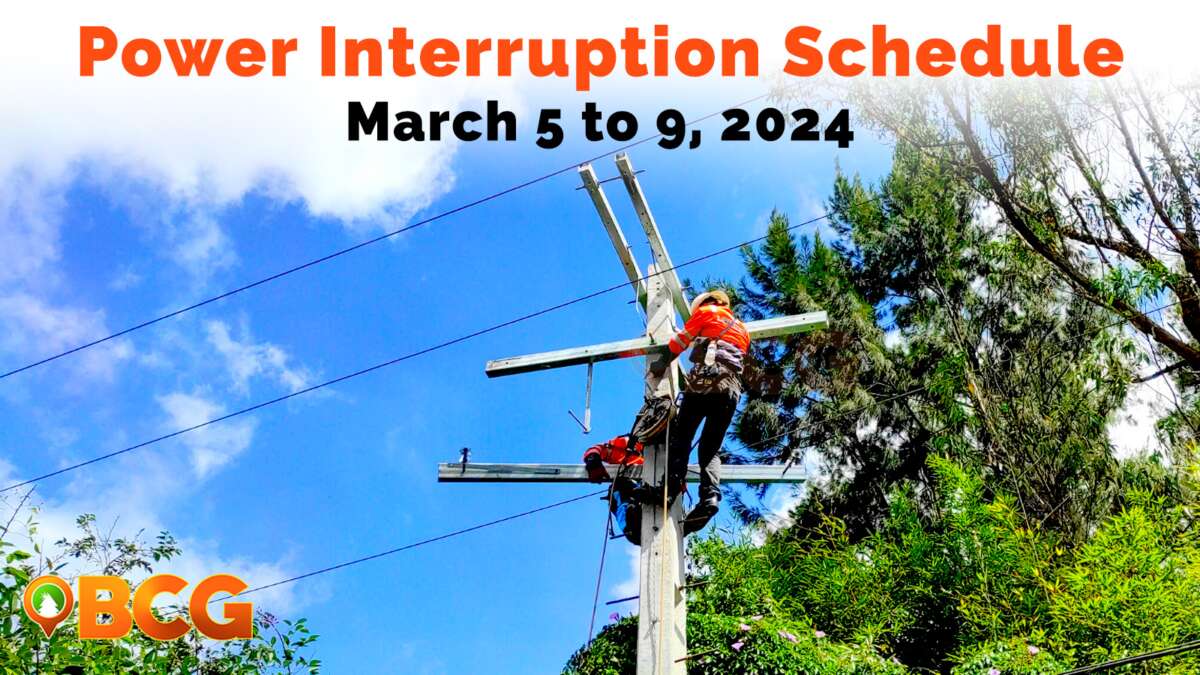Discovery in Kalinga: Oxford and UPLB Botanists Finds a Distinct Species of the World’s Largest Flower
In a groundbreaking revelation, botanists from the University of Oxford Botanic Garden and the University of the Philippines Los Baños (UPLB) have reinstated the Rafflesia banaoana as a distinct species. The paper, published in Phytotaxa, increases the count of Rafflesia species in the Philippines to fifteen, further spotlighting the archipelago’s rich biodiversity.
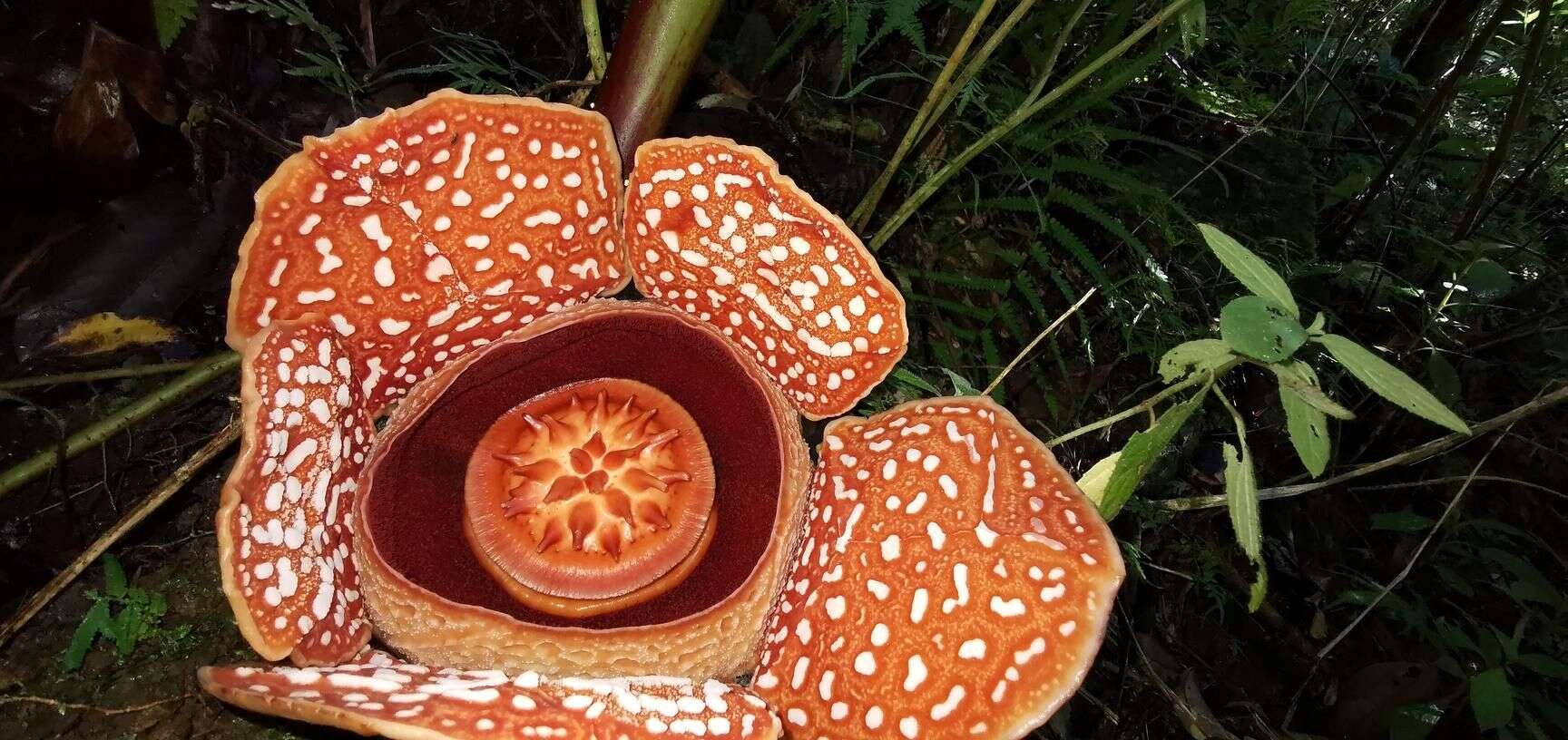
Rafflesia Banaona growin Cordillera Photo source: Oxford Botanic Garden and Arboretum
Adriane Tobias, a renowned forester and Rafflesia specialist at UPLB, shared insights into the intricate process of the discovery. “Our work makes a case for the careful observation of previously unexamined characters, as well as ecology, to avoid overlooking similar but distinct species,” he said.
According to the OBGA website, the exceptional Rafflesia banaoana first came into the limelight in 2010, thanks to Professor Pastor Malabrigo Jr. Its discovery was facilitated by the Banao Indigenous Cultural Community in a remote forest in the Kalinga Province, northern Luzon, Philippines. To honor their contribution, the species was named after this community. This flower, with its ability to grow up to half a meter in diameter, remains an enigma in terms of its unpredictable appearances.
Speaking of his firsthand experience, Professor Malabrigo Jr. passionately recalled, “I knew the plant was special, the moment I saw it. It takes a long and grueling trek through impenetrable forest to reach the plant; few people have ever set eyes on it.”
The research collaboration between Oxford and UPLB began in 2019. Their expeditions have covered vast terrains, spanning Luzon, Java, and Sumatra, all in a bid to unlock the mysteries surrounding the Rafflesia.
Dr. Chris Thorogood, Deputy Director and Head of Science at the Oxford Botanic Garden, reflected on the importance of the partnership and the broader context of their discoveries. “It’s such a privilege to be involved in this work with my friends and colleagues at UPLB. Understanding the diversity of these extraordinary plants has never been more crucial at a time of unprecedented habitat destruction and species extinction,” he remarked.

